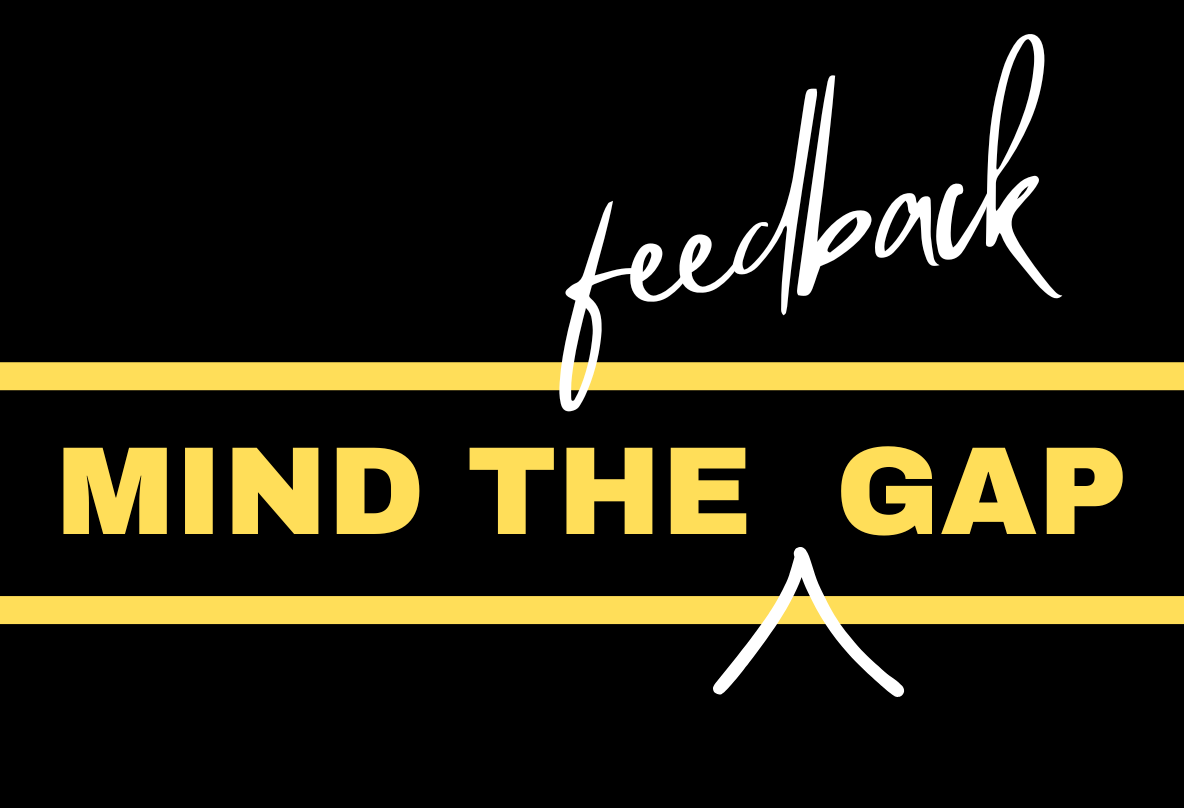The feedback gap: Why Product Teams struggle to hear the customer

Building products that genuinely solve user problems is the north star for every B2B SaaS team. But in reality, there’s often a gap between what customers need and what ends up on the roadmap. Product-led companies talk endlessly about listening to the “voice of the customer,” but why do so many teams still struggle to capture, share, and actually act on feedback?
The Fragmentation Problem
Most product organisations already gather tons of feedback; support tickets, sales calls, Slack threads, interviews, and more. The problem is, it’s almost always scattered across tools, hidden in personal inboxes, or trapped in meeting transcripts. Teams often depend on a patchwork approach for collecting insights, with manual logging and tagging that leaves critical data overlooked. It’s a workflow that “relies on individuals to contextualise and add information themselves,” which inevitably leads to missed opportunities and fragmented customer understanding
Feedback Bottlenecks
Another major hurdle: product teams often rely too much on manual efforts to analyse and surface insights. Whether it’s a PM spending hours listening to call recordings or someone on the team running one-off analyses, this process can’t scale as the organisation grows.
Valuable feedback ends up locked in isolated snippets or shared via spontaneous surveys and emails, visible only to a handful of stakeholders. The feedback loop stays slow, and teams have “difficulty efficiently digesting and managing the growing volume of customer and internal team feedback”
Team Silos and Subjectivity
It’s not just about volume. It’s about making sense of the noise. Sales hears different needs than customer support. Engineers get filtered requests, often based on anecdotal evidence or internal priorities. Marketing is told to “create messaging based on features teams think are important,” not what customers keep coming back to. Worse, when feedback does make it to product, it’s coloured by whoever’s relaying it, leading to subjective interpretations and bias in planning
Overreliance on Negative Signals
Most teams capture what’s broken or what’s missing; complaints, urgent problems, and feature requests. Positive signals like “features that are working well” or stories of successful outcomes rarely get documented. As a result, roadmaps skew toward fixing issues rather than amplifying strengths or exploring growth areas.
The Cost of the Feedback Gap
When feedback isn’t centralised, structured, or shared, teams lose context and clarity. Initiatives stall because requirements are out of sync with user needs. Valuable insights from one department never make it to another. Fragmented processes “limit the speed and effectiveness of insight-driven action across departments,” and the actual voice of the customer gets diluted or lost
Filling the Gap: Toward Customer-Led Roadmaps
So how do teams close the feedback gap? First, automate wherever possible. Get every customer conversation into a single source of truth; tag, filter, and analyse it so no critical theme slips by. Break down silos by making insights accessible to all departments, not just product or support. Shift to a workflow where feedback is surfaced proactively, where anyone can search for and share patterns as they emerge, not just after a crisis Most importantly, aim for structure. Make sure feedback is contextualised, attributed to the right source, and linked directly to roadmap decisions. That means capturing both pain points and wins, and seeing which requests actually impact the most users.
When teams close the feedback gap, they start building roadmaps that reflect real customer conversations, not just internal guesses. That’s how product-led businesses turn listening into action, and action into growth.
